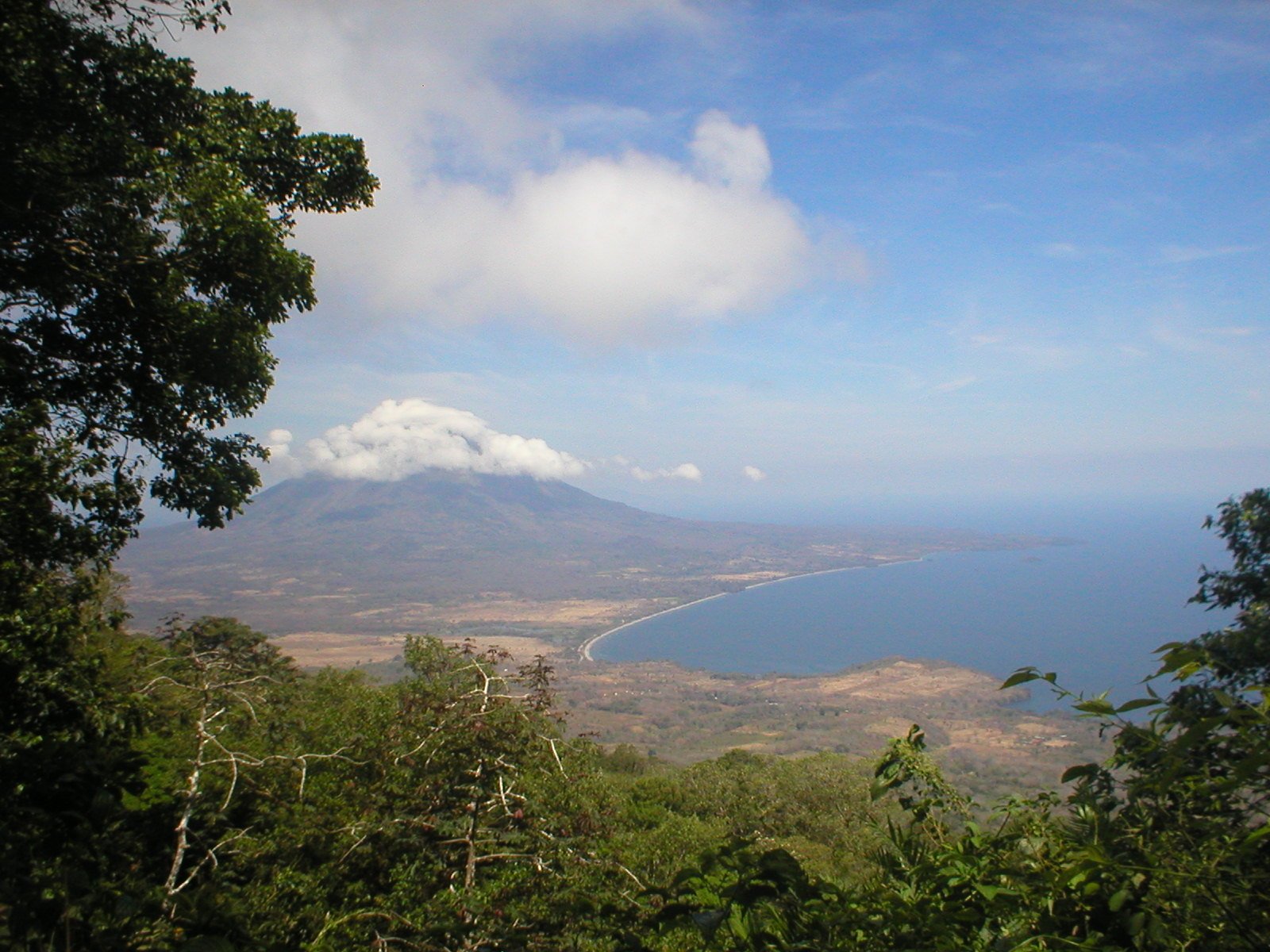🇳🇮map Nicaragua [Cuisine]

Culinary Heritage
Nicaragua’s cuisine feels familiar if you know Central America, yet it has its own rhythm and comfort. Corn and beans are the foundation, with garlic and onions setting the tone in many everyday dishes. Tortillas made from white corn are large and thin, and people use them like edible utensils to scoop up meats and beans. The country sits between the Pacific and the Caribbean, and that geography—along with a long history shared with neighbors like Honduras, Guatemala, and Mexico—helps explain the overlapping flavors and shared traditions that shape meals across the country.
Signature Dishes
Breakfast often means gallo pinto, the beloved mix of rice and small red beans fried together until savory and satisfying. For something heartier, look for nacatamales: a full meal packed into a leaf from a banana-like plant, with corn dough, rice, tomatoes, chili, potatoes, cassava root, and often a piece of meat. Yuca is celebrated in a dish known as vigorón, where the tender root shows up alongside pork rind and greens for a crunchy-soft contrast. These classics tell you a lot about daily life—simple ingredients, careful seasoning, and dishes designed to fuel long days.
Local Ingredients
If you cook or shop locally, you’ll notice corn and beans everywhere, forming the staples of the plate. The small red bean is especially popular, and it’s a main source of protein for many families. Yuca (cassava) is another star, prized for its nutrients and versatility, whether served plain or paired with pork rind and greens. Seasonings are straightforward and flavorful, with garlic and onions doing much of the work to bring dishes to life.
Dining Culture
Meals are unpretentious and centered on abundance and sharing, with tortillas, beans, and familiar sides tying everything together. You’ll see tortillas at nearly every table, used naturally by hand to gather bites of meat and beans. Breakfast is commonly the most iconic meal thanks to gallo pinto, though similar flavors carry through the day. Hospitality shows in offering hearty, home-style plates that balance comfort with practicality.
Where to Eat
Across cities and towns, you’ll find food that reflects the same staples and techniques you’d see at home kitchens. Simple eateries and vendors lean into the classics—gallo pinto for breakfast, nacatamales for a special treat, and yuca dishes like vigorón for a satisfying snack-meal. The atmosphere tends to be relaxed and welcoming, with food meant to be enjoyed without fuss. Expect straightforward plates that emphasize freshness and familiar seasonings.
Cooking at Home
Home cooks will have no trouble finding the building blocks of Nicaraguan food: white-corn tortillas, red beans, rice, yuca, and everyday aromatics like garlic and onions. With these on hand, you can bring local staples to your own kitchen, starting with gallo pinto or a simple yuca-and-greens plate. Nacatamales are more involved, but understanding their components—corn dough, vegetables, and a leaf wrap—offers a window into traditional technique. Even a small kitchen can handle these dishes, since they rely more on time and care than on specialized equipment.
Dietary Considerations
Vegetarians can eat well by focusing on gallo pinto, tortillas, and yuca preparations, which are naturally plant-forward. Beans are a key protein source and show up daily, making it easy to find satisfying options without meat. If you avoid pork, note that vigorón traditionally includes pork rind, so ask before ordering. With simple ingredient lists and familiar seasonings, it’s usually easy to understand what’s on your plate and adjust to your needs.
Maria
Maria is a bilingual travel writer and immigration consultant originally from Mexico City, with extensive
experience living and working across Latin America. She spent her early career as a journalist covering
cross-border migration and expatriate communities throughout Central and South America. Having personally
navigated complex visa processes in multiple countries including the United States and Spain,
Maria understands firsthand the challenges faced by Latin American professionals seeking international
opportunities.
Published: 2025-05-04